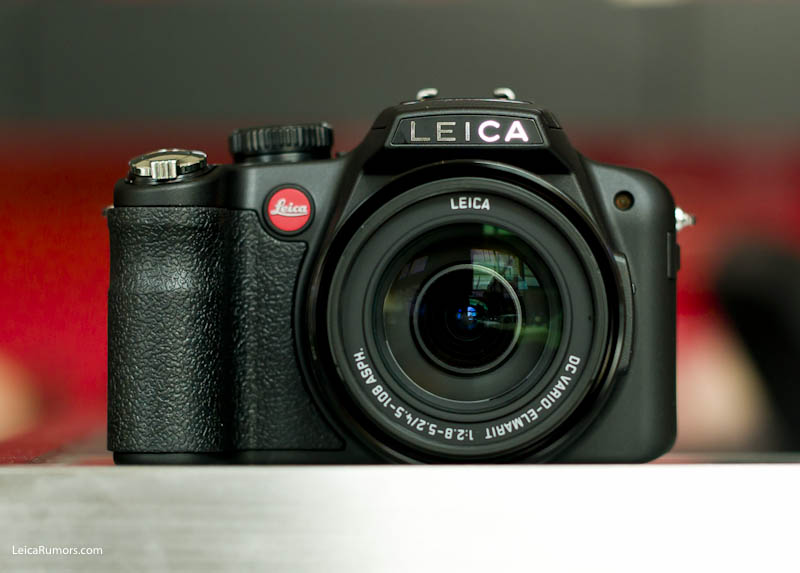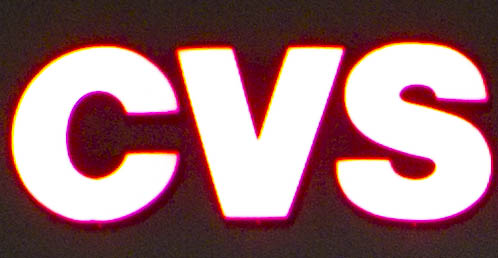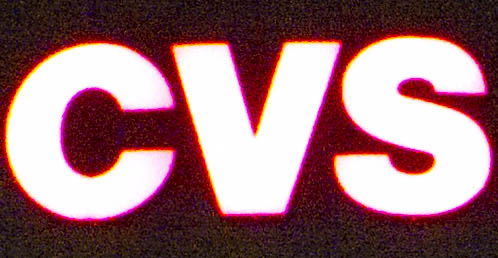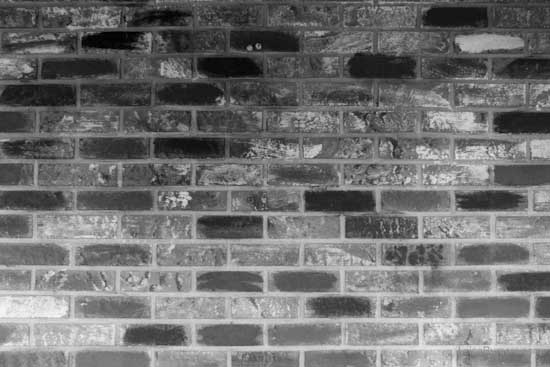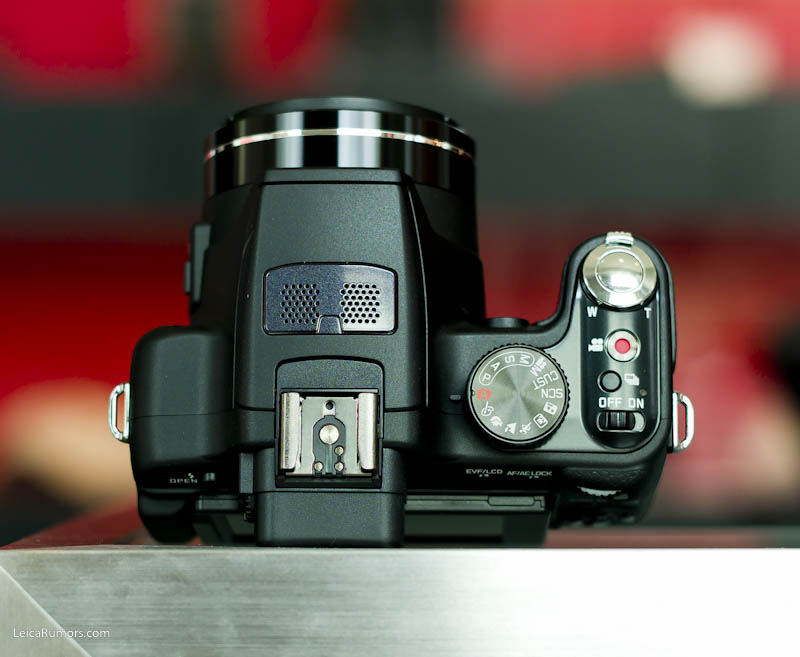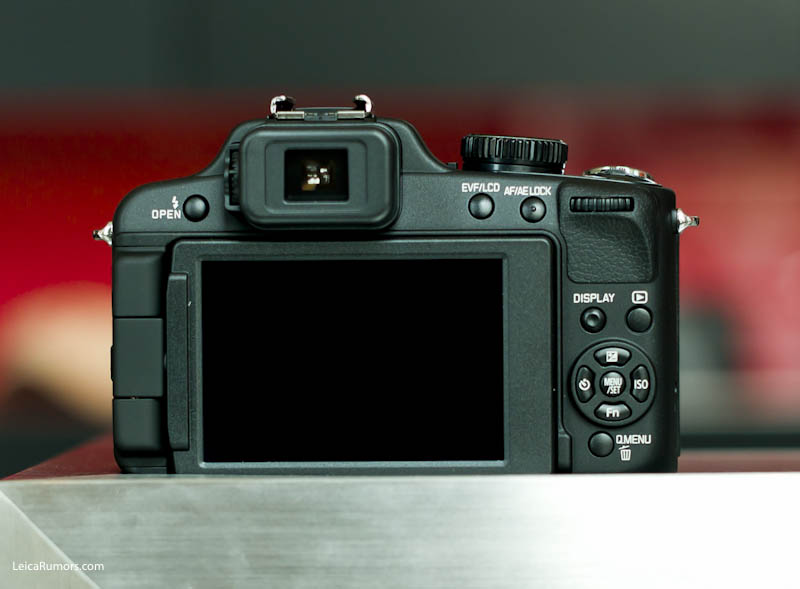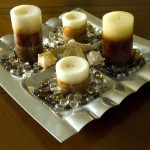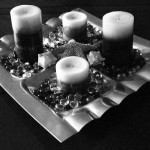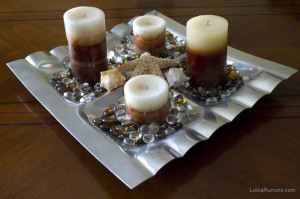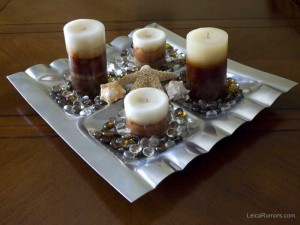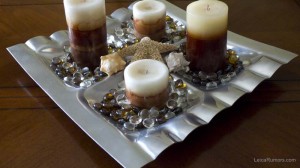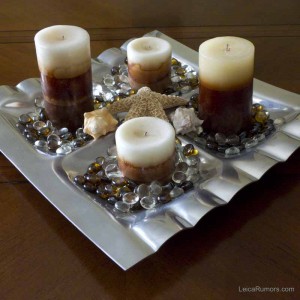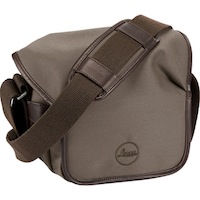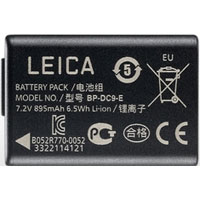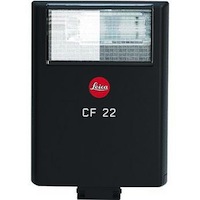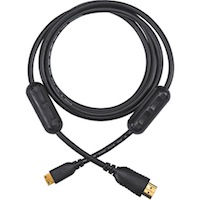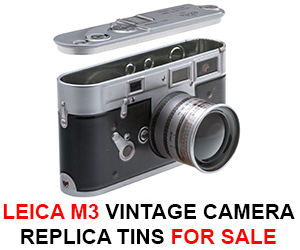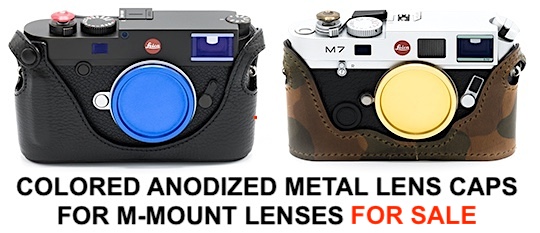Specs at a glance
- Lens: Leica DC Vario-Elmarit 4.5–108 mm f/2.8–5.2 ASPH (wide-angle f/2.8–f/8, telephoto f/5.2–f/8 ), full frame equivalent to 25–600 mm, 24x optical zoom, 4x digital zoom, 14 lenses in 10 groups)
- Sensor: 1/2.33″ CMOS with 15.1MP (effective 14.1MP in 4:3 format)
- ISO: 100-1600
- Video: full 1080i HD, AVCHD/QuickTime Motion JPEG formats (JPEG format uses up to 50% less storage)
- Maximum video recording time: 29 min
- Shutter speed: 60–1/2000 seconds (mechanical shutter)
- 11 fps, maximum of 15 consecutive shots (the camera can reach up to 60 fps at 2.8MP), up to 5 consecutive shots can be taken with AF on
- LCD screen: 3.0″ TFT with 460,000 pixels, (approx. 100% coverage)
- Built-in stereo mic
- Built-in flash
- 40MB internal memory
- Memory cards compatibility: SD, SDHC, SDXC
- Dimensions: 124 x 80 x 95 mm | 45/6 x 31/6 x 35/7 in
- Weight: 520 g | 18.34 oz (with memory card and battery)
- 410 pictures can be taken on a single battery charge
- Software included: Adobe Photoshop Elements 8 and Premiere Elements 8
- Price: $849 (check availability at Amazon | Adorama | B&H)
24x zoom (25-600mm)
The Leica V-Lux 2 has two main advantages compared to the rest of Leica’s line-up: 24x zoom and HD video. The tele end of the zoom goes up to 600mm. This is how 24x zoom looks in real life – the first image is captured at 26mm, the second at 600mm (pointed at the tree in the middle of the frame):
600 mm is a great focal length for capturing wild life. Most of the time, I had to use ISO 400-800 in order to increase the shutter speed because the maximum aperture at 600mm is only f/5.2. This will lead to some degradation of picture quality, but if you are shooting RAW, you can fix most of it in post processing. All photos in this post were not post-processed in any way, not even cropped (except the ISO comparison). I wanted to show the images the way they came out of the camera. I used Lightroom only to convert and resize the original RWL files to JPG. If you are into birding, you will definitely like this camera (click on images for larger view):
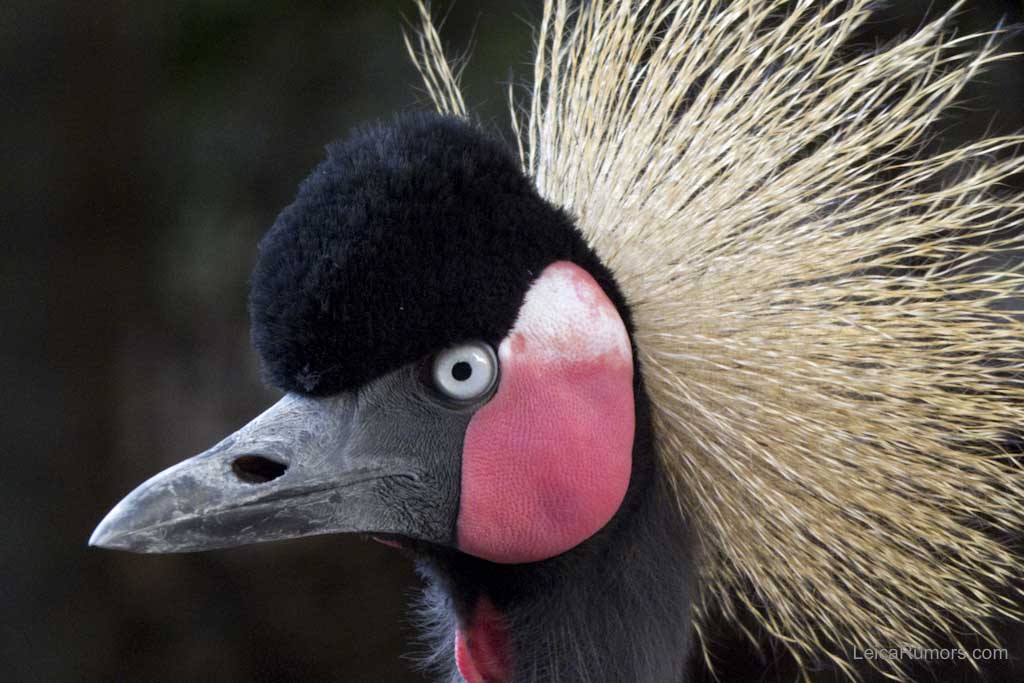






Image stabilization worked very well even when shooting handheld at 600mm (all sample photos in this review were taken without a tripod). On the LCD screen, you can easily see how the frame freezes once the image stabilization is activated.
1080i video
The V-Lux 2 is the first Leica camera to provide full HD 1080i video – this, combined with the swivel LCD display, 24x zoom and image stabilization could be an attractive and compact alternative to a camcorder or a VSLR. The camera has a stereo mic and the option to cut down wind noise during video recording. Here are some sample videos:
The V-Lux 2 has also auto focus and zooming enabled during video recording:
By default the video is recorded in AVCHD MTS format. Older versions of iLife (iMovie) do not have support for this format (.mts extension). You can convert MTS file on a Mac with the free Handbrake software (read more on how to work with .mts files on a Mac here).
Low light
Shooting at 600mm in low light situations is tricky, but not impossible. As I mentioned already, the image stabilization works great. Here are some examples – the first one is at ISO 400, 600mm, f/5.3, 1/40sec:
Then we have ISO 400, 600mm, f/5.2, 1/15 sec | ISO 800, 516mm, f/4.6, 1/8 sec | ISO 1250, 227mm, f/3.9, 1/10sec, all handheld:
Macro / close up
On the wide angle side (26mm) you can literally focus right in front of the lens. There is a separate Macro AF mode that is very helpful (cannot focus that close when using the regular AF). The official specs say the focusing range in macro mode is 1cm (on the wide angle side). Here are some examples:



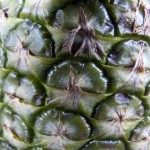

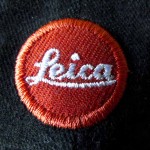
The second photo was taken at 42mm focal length, the rest at 26mm. The Leica logo in the last picture was less than an inch from the front lens (the logo is 1 inch in diameter).
Colors
Some samples of the colors produced by the V-Lux 2:
ISO performance
The ISO performance (100-1600) of the Leica V-Lux 2 is not great, but this is the trade off in order to get that 24x zoom. The camera has a smaller sensor compared to the D-Lux 4/5. Here are some samples from the V-Lux 2 at different ISO settings (100% crop from the original):
I have done also some more ISO comparison here (with D-Lux 4 and D-Lux 5) and here.
Barrel Distortion
There is no visible barrel distortion at 26mm (f/2.8):
Controls
Some of the direct control buttons on Leica V-Lux 2 are:
- dedicated (one touch) movie recording button
- direct button for selecting a burst mode
- quick menu access
- EVF/LCD switch
- AF/AE lock
- Programmable Fn button
Settings
The Leica V-Lux 2 has 9 film presets and 3 custom film settings (available when shooting JPG in M, S, A, P modes) – standard, dynamic and nature:



smooth, vibrant and nostalgic:
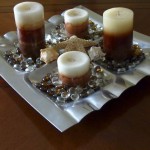


standard B&W, dynamic B&W and smooth B&W:
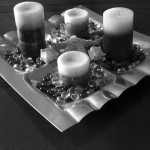
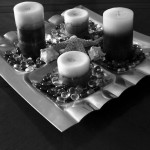
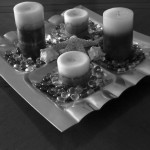
In addition, the camera has 11 color modes (located in a separate selection on the mode dial): high-dynamic, dynamic-art, expressive, silhouette, pin-hole, retro, dynamic B&W, film grain, monochrome, pure and elegant. Here are three samples from pin-hole, retro and film grain color modes:
The Leica V-Lux 2 has four aspect ratios that unfortunately can only be selected from the menu (the D-Lux 4/5 has a dedicated button):
Accessories
The competition
- Nikon Coolpix P100 (1080p video, 26x zoom, 10MP)
- Canon PowerShot SX30 IS (720p video, 35x zoom, 14.1MP)
- Olympus SP-800 UZ (720p video, 30x, 14MP)
What’s in the box
External links
Conclusion
The main advantages of the Leica V-Lux 2 are the 24x zoom and 1080i HD video. If you don’t care about those two, the D-Lux 5 would probably be a better choice – it can provide a higher image quality in a smaller package at almost the same price. This is the place to mention that the Leica V-Lux 2 is based on the Panasonic Lumix DMC-FZ100 camera that currently sells for around $400. Adobe Photoshop and Premiere Elements 8 cost around $100 and an extra year of warranty probably runs around $80. This makes the price difference between the two models around $300. Leica cameras in general keep their value better over time compared to Panasonic – for example, the previous model Leica V-Lux 1 is currently selling for $500 (based on completed sells) while the Panasonic FZ50 (which the V-Lux 1 is based on) is currently selling for around $250.
Pros:
- Adobe Photoshop Elements 8 and Premiere Elements 8 included
- 1080i video
- Stereo mic
- Lightweight
- Good ergonomics
- Excellent swivel LCD display
- 24x zoom (equivalent of 600mm in full frame)
Cons:
- Plastic body
- EFV – this is not specific to the V-Lux 2, EFV in general are just not that advanced yet and I guess OVF would not be possible for a 24x zoom camera
- Only f/5.2 on the tele end
- High ISO is only 1600, where I think only ISO 800 is usable
Credits: pictures and video taken from the Roger Waters “The Wall” live performance.
